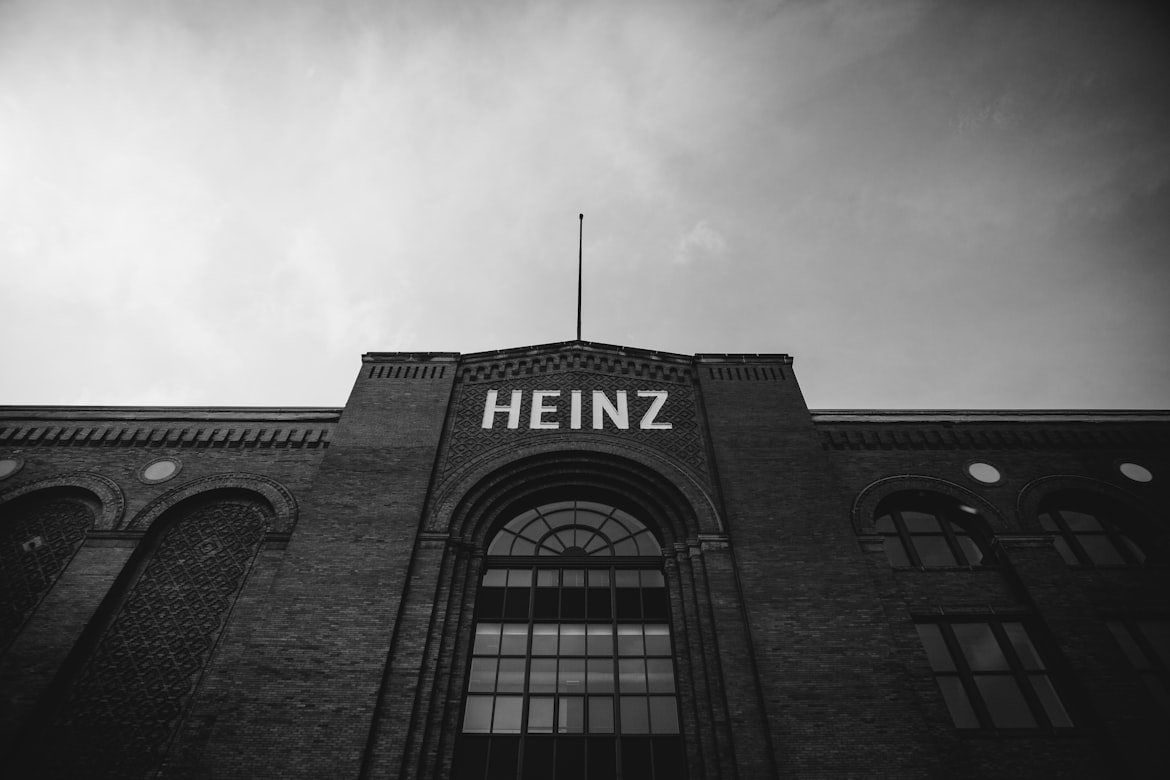Optimism was high at the beginning of 2015 when two stalwarts of the consumer staples space, Kraft Foods Group and the H. J. Heinz Company, agreed to merge. The deal was later completed in July of that year, when 3G and Berkshire Hathaway (BRK.A) brought into existence what is now known as the Kraft Heinz Company (KHC).
The super-deal was meant to deliver big returns for shareholders, with reduced running costs and a greater influence on the global stage just a couple of the potential benefits coming out of the deal.
Revenues and profits were expected to rise with the company leveraging its new-found worldwide reach, bringing its many big-name products to a fresh, international market ready for change.
Savings were also anticipated through reduced capital costs and better bargaining opportunities with suppliers, retailers and restaurateurs.
However, it didn’t turn out quite like that.
What followed was an object lesson in how not to do a merger – and a rare, self-admitted failure on Warren Buffett’s scorecard.

Source: Unsplash
Why Did Heinz Merge With Kraft?
Both Heinz and Kraft have storied histories preceding them, with Heinz tracing its roots back to 1897, while Kraft began business a little later around 1909. In the years following, each company enjoyed huge success, most notably Heinz with its tomato ketchup and Kraft with its famous pasteurized processed cheese.
At the start of the 21st Century, Heinz and Kraft had grown even larger, both aggressively pursuing expansion through major acquisitions of other companies, including brands such as Groupe Danone, Starkist Tuna and Cadbury.
Ultimately, the merger between the two companies just made sense – and in 2015 that’s what happened, creating in the process the third-biggest food enterprise in America.
Why Did Kraft Heinz Merger Fail?
It was only in 2019 that the dire state of the Kraft Heinz merger really came into focus. That was when the bombshell went off. Reporting on its fourth quarter results, investors were hit with a triple whammy of bad news.
- First, the company had to write off $15 billion from its Kraft and Oscar Mayer brands;
- Second, KHC announced a $12.6 billion loss for the quarter, which meant it had to slash its dividend by 36%; and finally,
- Kraft Heinz disclosed the fact that the company was now under SEC investigation over its accounting practices.
To top it all off, KHC’s shares fell dramatically too. Trading at around $47 prior to the earnings call, stock in the company dropped more than half in six months to just above $20. It’s worth noting that a couple years after the 2015 merger, shares in Kraft Heinz were changing hands for more than $90.
But what brought this about?
As usual, it wasn’t just one thing, but a confluence of negative factors that resulted in a perfect storm of sorts. Secular trends such as lifestyle choices hit the business hard, with customers shunning the kind of packaged foods that KHC specializes in, and opting instead for “healthier” choices such as fresh options and more nutritious fare.
However, there were more concrete issues too; commodities involved in the food manufacturing supply chain were costing more, such as aluminium and agricultural products, as well as a shortage of truckers in the US which led to a spike in transportation costs.
The savings efficiencies from the 2015 deal had finally petered out.
Kraft Heinz Failure: Warren Buffett’s View
Warren Buffett has been refreshingly frank about the mistakes that Berkshire Hathaway made with the Kraft Heinz merger.
In a 2020 interview, the Oracle of Omaha reiterated his belief that the company was still an attractive enterprise – the business’s EBIT margin is a solid 23% right now – but if he was able to, he would have divested his stake in the brand when the signs suggested the firm was in trouble.
Analyzing the situation further, Buffett also said that the price Berkshire paid for Kraft was too much, although, overall, the company is a “wonderful business”.
Despite the apparent failure of the merger, BRK.A to this day has not abandoned its faith in Kraft Heinz, controlling 26.62% of the firm with a total of 325,634,818 shares.
Kraft Heinz Dividend Is Where It Needs To Be
Kraft Heinz has been paying its reduced rate dividend for 11 quarters now, and yet that dividend yield currently stands at a very attractive 4.33%.
Indeed, KHC reduced its quarterly payout from $0.63 to $0.40 in 2019, and it’s not unlikely that a dividend raise could be on the cards.
In fact, the company’s free cash flows have been growing since then, and its dividend payout ratio of 59% is just where it needs to be – making a redistribution of that money through increased dividends a real prospect.
Will Kraft Heinz Stock Go Up?
Kraft Heinz isn’t an exciting company – and there’s nothing on the horizon to get investors hyped-up about any near-future major price action. But that doesn’t matter; KHC is still cheap today, and is a strong buy at current levels.
Given that the average dividend yield for S&P500 companies is just 1.28%, you should take this stock for its dividend alone, and let the inevitable price increase – even if it does take a while to come – as a happy bonus.
The author has no position in any of the stocks mentioned. Financhill has a disclosure policy. This post may contain affiliate links or links from our sponsors.